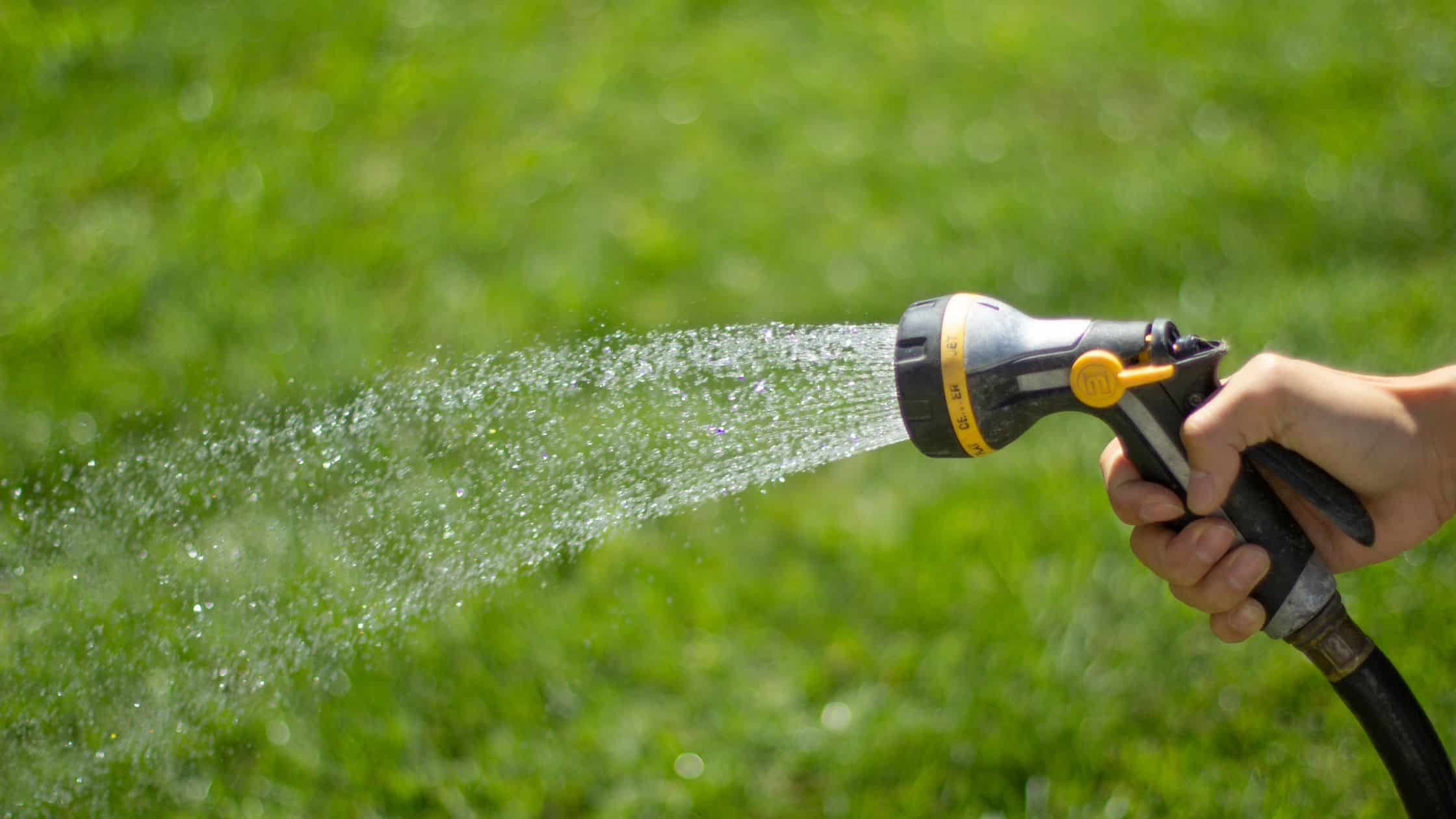
What to Do Before Overseeding (Lawn Prep Checklist)
Overseeding is one of the best ways to revive a thin or patchy lawn in Northeast Ohio, especially if done in late summer or early fall. But simply tossing grass seed over your yard won’t get the lush results you’re hoping for. To give new grass seed the best chance of germinating and growing, you need to prep the lawn first.
Here’s a step-by-step guide to help homeowners get their lawn ready for overseeding. Whether you’re doing it yourself or hiring a lawn service, these steps make a big difference in the outcome.
1. Mow Your Lawn Low (But Not Scorched)
Start by mowing your existing grass shorter than usual — aim for around 1.5 to 2 inches tall. This helps seed reach the soil surface and prevents the current grass from shading out new seedlings.
- Bag your clippings instead of mulching them so that the grass seed can get directly to the soil
- Don’t scalp the lawn to bare dirt; keep some green to support root health
2. Remove Debris, Leaves, and Thatch
Clear away any leaves, sticks, pine needles, or heavy thatch (a thick layer of dead grass at the soil line). This allows seed-to-soil contact and improves airflow to new grass.
- Rake out dead grass and moss
- Use a dethatching rake if needed
If you’re unsure whether you have too much thatch, try the screwdriver test: stick a flathead screwdriver into the lawn. If it’s difficult to push in, your lawn likely has a thatch or compaction issue.
3. Loosen the Topsoil
Good seed-to-soil contact is key. If your soil is compacted (very common in Northeast Ohio lawns with clay content), take time to loosen it:
- Light raking or using a manual aerator can help in small areas
- For large lawns, mechanical core aeration is ideal
If you’re skipping full aeration, at least scratch the soil surface with a stiff rake in bare or thin patches.
4. Address Bare Spots with Extra Care
Take a few extra minutes on bare areas:
- Loosen the soil
- Add a thin layer of screened compost or topsoil
- Press seed lightly into the amended soil
This creates a better seedbed and helps hold moisture.
5. Water Lightly If Soil Is Bone Dry
If your lawn is extremely dry or the ground is cracked, give it a light watering the day before you plan to overseed. Moist soil helps the seed settle into place and improves early germination.
- Don’t flood the lawn; just moisten the top 1-2 inches
- Avoid muddy conditions that can wash seed away
6. Avoid Weed Control or Fertilizer Before Seeding
Hold off on herbicides or high-nitrogen fertilizer before and right after overseeding. These can harm seedlings or inhibit germination.
If you’re planning to use starter fertilizer, wait until after you overseed and make sure it’s labeled safe for new grass.
Bonus Tip: Mark Off Areas You Want to Overseed
Before starting, identify areas you plan to treat and mark them with flags, cones, or simple string outlines. This helps ensure you apply the right amount of seed and avoid missing or double-covering areas.
Why Lawn Prep Makes Such a Difference
Overseeding without prep is like painting a dirty wall — you might get some improvement, but it won’t last or look great. When you take the time to prepare your lawn first:
- More seed touches soil, improving germination rates
- Less seed is wasted or washed away
- You’ll get a thicker, more even lawn
For DIYers, following these steps can save time and money. For pros, it shows clients you’re serious about delivering quality results.
FAQ
Can I just sprinkle seed on top of my lawn?
You can, but results will be patchy. Without soil contact, most seed won’t germinate properly.
Should I dethatch before overseeding?
Yes, if there’s more than 1/2 inch of thatch. Removing it helps seed reach the soil.
Do I need to aerate before overseeding?
Core aeration is best but not always required. For small lawns or spot fixes, loosening soil with a rake can be enough.
Can I mow right before overseeding?
Yes, and it’s recommended. Cutting grass short helps seed get to the soil surface.
How soon should I water after overseeding?
Right away! Water gently after seeding to help the seed settle and start germination.
Bonus Reading: Could Rabbit Poop Be The Secret To A Perfect Lawn?




No Comments
Sorry, the comment form is closed at this time.